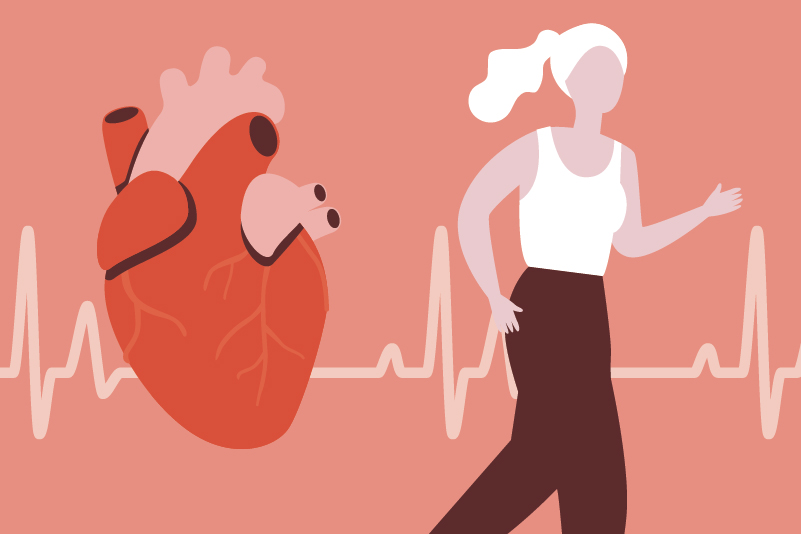#175 Chocolate: Can anything this tasty be good for us?

Reading Tools for Practice Article can earn you MainPro+ Credits
Join NowAlready a CFPCLearn Member? Log in
- Cardiovascular disease: Relative Risk (RR) 0.63 (95% Confidence Interval (CI), 0.44-0.90).1
- Myocardial infarction and angina: RR 0.90 (95% CI, 0.82-0.97).3
- Stroke: RR 0.81 (95% CI, 0.73–0.90).4
- Heart failure (admission or death): RR 0.81 (95% CI, 0.66-1.01).5
- Issues: Overall mortality not reported, individual study results varied considerably,1,2,5 and poor assessment of potential bias.2-6
- Non-randomized so imbalanced groups: Chocolate eaters generally younger, lower BMI, active, etcetera (healthy).2,4,5 Although researchers adjust for these factors, it is suboptimal.
- Unclear if dark or milk chocolate1-5 but possibly ~90% milk.4
- Consumption measurement varied considerably but ‘highest’ often >50 grams/week or ≥1-2 servings/week.1-5
- Cardiovascular risk factors:
-
- Blood pressure (BP): Three systematic reviews (10-20 Randomized Controlled Trials (RCTs), 297-856 patients).7-9
- Statistically significantly reduced 2.8-4.5 mmHg systolic and 2.0-2.7 mmHg diastolic.7-9
- Blood pressure reductions less if normotensive, studied longer or if comparator included cocoa product (example, dark versus milk chocolate).7
- Lipids: Two systematic reviews (8-10 RCTs, 215-320 patients).10,11
- LDL reduced 0.15 mmol/L but other lipid parameters not statistically different.
- Issues: Short-term studies (mean 4.4 weeks),7 study BP results varied considerably.7
- Blood pressure (BP): Three systematic reviews (10-20 Randomized Controlled Trials (RCTs), 297-856 patients).7-9
- Adverse events: Chocolate 5% versus 1% (gastrointestinal, bad taste, headache, jitteriness but numbers small).7
-
- Dark chocolate is 50-85% cocoa and milk chocolate is 20-30%.7
- Cocoa contains flavanols: A proposed but unproven source of health benefits.
- Other health issues:
- Depression: Not clinically assessed.12
- Migraine: No reliable association.13
- Acne: Two RCTs (13 and 54 acne patients): Increase of 4-5 lesions 2-3 days after chocolate ingestion.14,15
- Observational studies suggest chocolate consumption associated with lower risk of being overweight/obese, albeit likely confounding bias.16















Eat more chocolate 🙂
No need to eat more chocolates
Weak evidence
Not to great evidence of reported benefit